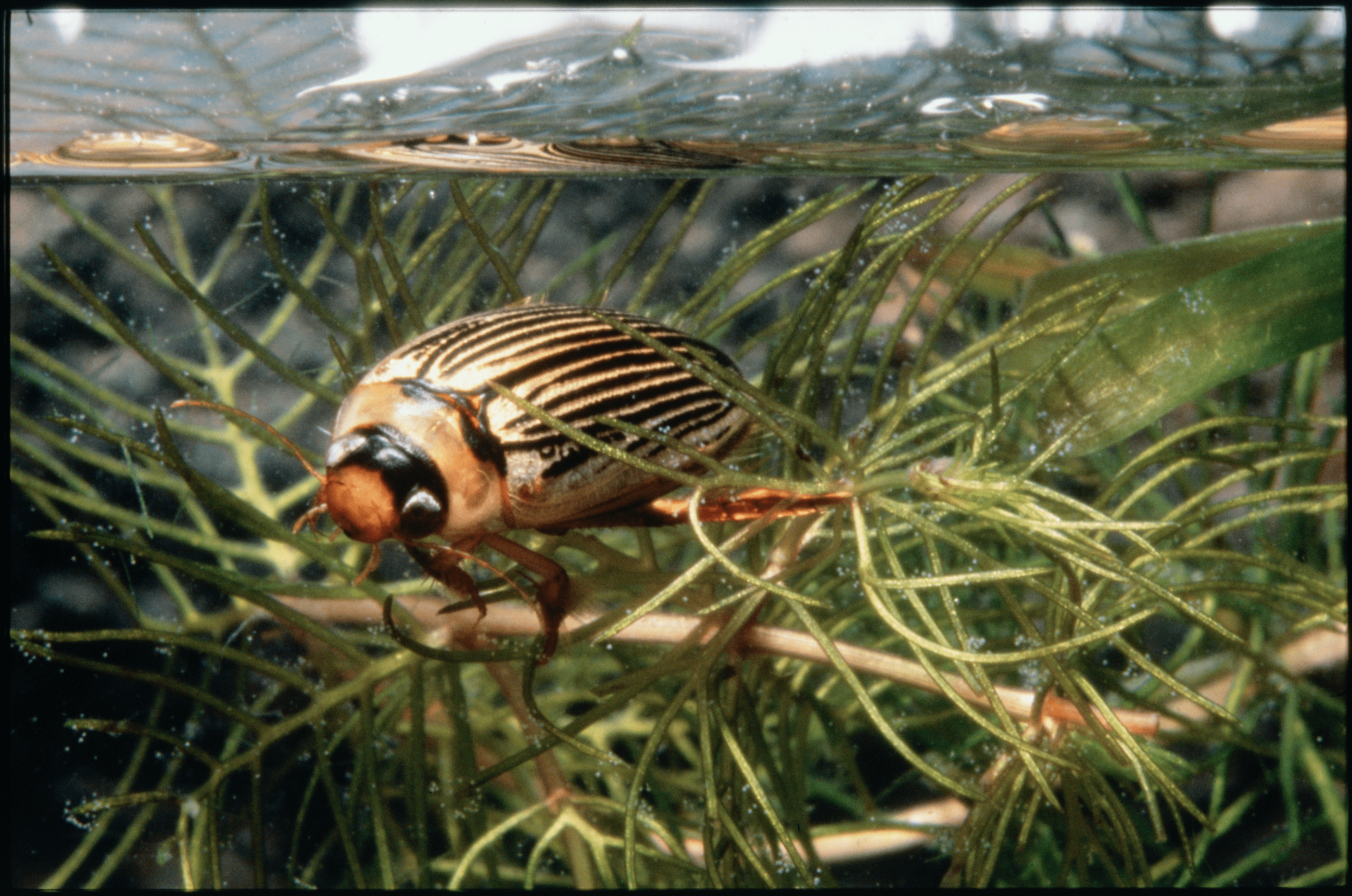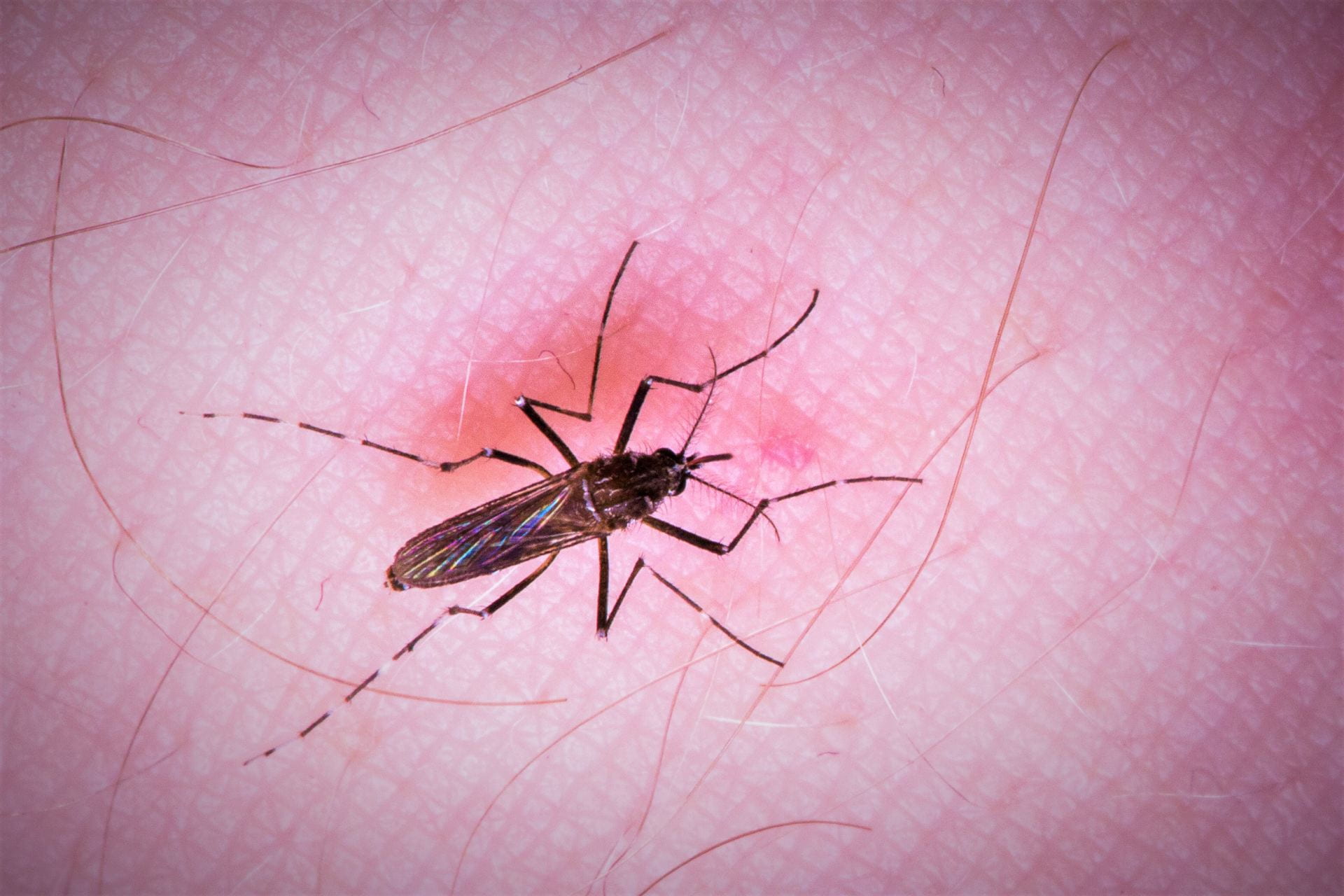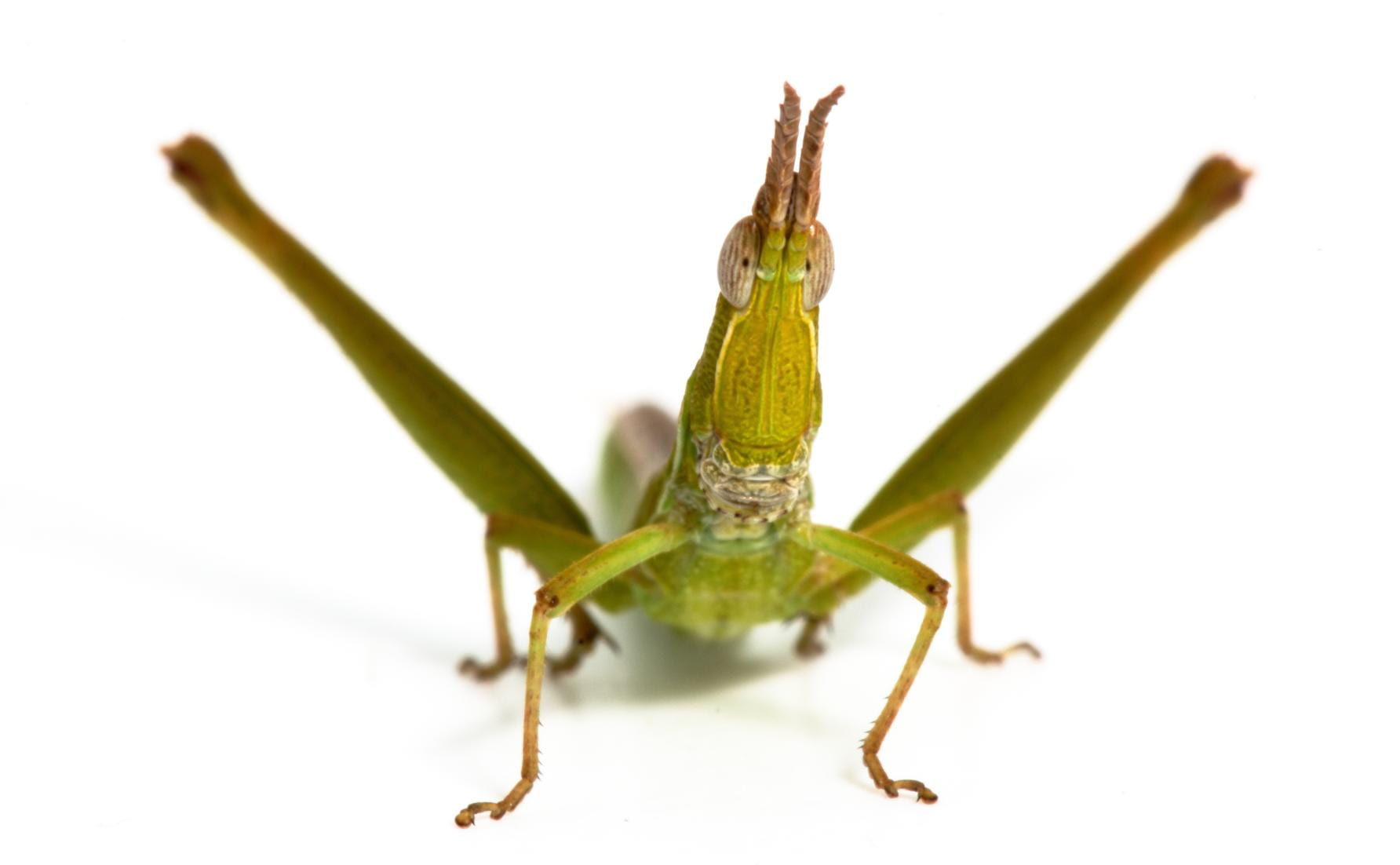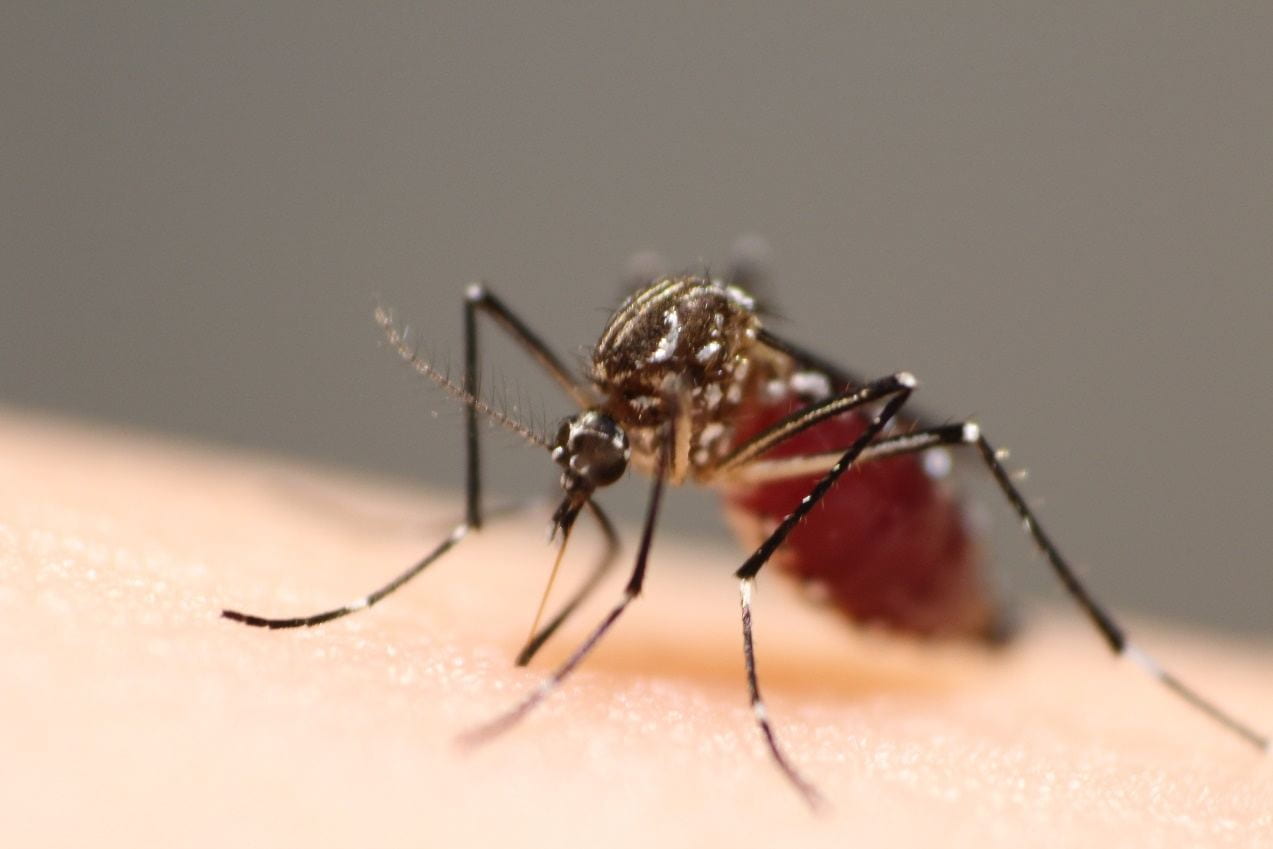Words and images: Meng-Jia Lau Behaviour is one of the most complex study areas in biology because it involves a combination of many factors that are often quite variable. In mosquitoes, host-seeking is the behaviour of females seeking a blood meal which provides the extra protein they need in order to lay eggs. The biting […]
Words: Nick Bell When our scientific endeavours leave the lab and move into real-world deployment, a number of challenges crop up. Aside from obvious issues around myriad variables that cannot be controlled as they can in the lab, large scale logistical and financial considerations need to be made when rolling out new operations. This scaling […]
Words – Eddie Tsrline Images – Eddie Tsyrlin and John Gooderham Towbiters, water scorpions and Nosy Tigers. These are just some the colourful names given to freshwater insects and other invertebrates. And there is a more serious side to these quirky creatures. The Nosy Tigers are a diving beetle larva with a peculiarly elongated head. […]
Our freshly published open access paper in Current Biology is the culmination of several years of work with a large team of very talented and dedicated researchers. Rather than rehash the story here, please see press releases below: Press release from the UniMelb newsroom (alternatively at Bio21’s siteBio21’s site or at SciMex) Brief summary article […]
Words and images: Perran Ross Modified mosquitoes raised in laboratories are being released into the wild in disease control programs. These mosquitoes will still bite you, but they’re less capable of transmitting the viruses that cause dengue fever, Zika and more. This antiviral effect is caused by infection with a bacterium called Wolbachia, which occurs […]
This article was first published on Pursuit. Read the original article. Professor Ary Hoffmann Eucalypts, wattles, banksias, grevilleas and other Australian native plants are some of the most fascinating and unique flora on Earth. They also play an important part in revegetation programs around Australia, which aim to restore plant-life to areas where the species […]
Words: Véronique Paris Cover image art: © Marianne Coquilleau & Butterfly Adventures Almost every child is familiar with the famous story ‘The Very Hungry Caterpillar’, illustrating the transformation of an unremarkable hungry caterpillar into a beautiful butterfly. What exactly takes place within the pupal cocoon during the transformation remains a mystery. The scientific definition of […]
This article was first published on Pursuit. Read the original article. Associate Professor Michael Kearney and Professor Ary Hoffmann People usually go to cemeteries to visit or bury their dead but, in the name of research, we visited 25 cemeteries in Victoria, NSW and the ACT to try and find a tiny rare species of […]
Words and images: Perran Ross When animals raised in captivity are released back into the wild, you might picture cute and furry mammals from an endangered species. But in many countries around the world, people are releasing mosquitoes raised in laboratories into the environment. These mosquitoes feed on human blood and are vectors of dengue, […]
Using bacteria to control mosquitoes Dr Tom Schmidt and Professor Ary Hoffmann “This article was first published on Pursuit. Read the original article.” Living inside the cells of insects is a type of bacteria that is looking increasingly like the key to controlling the spread of dengue fever, the Zika virus and other mosquito-borne diseases. […]








